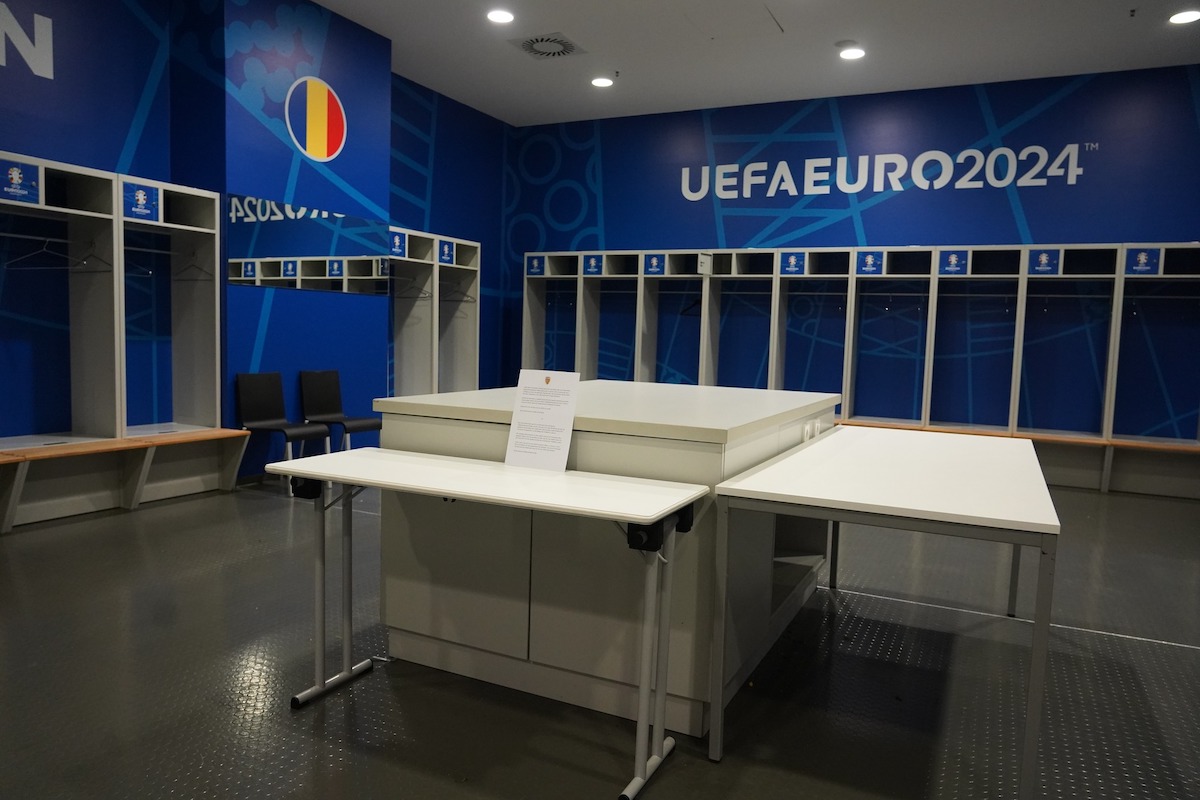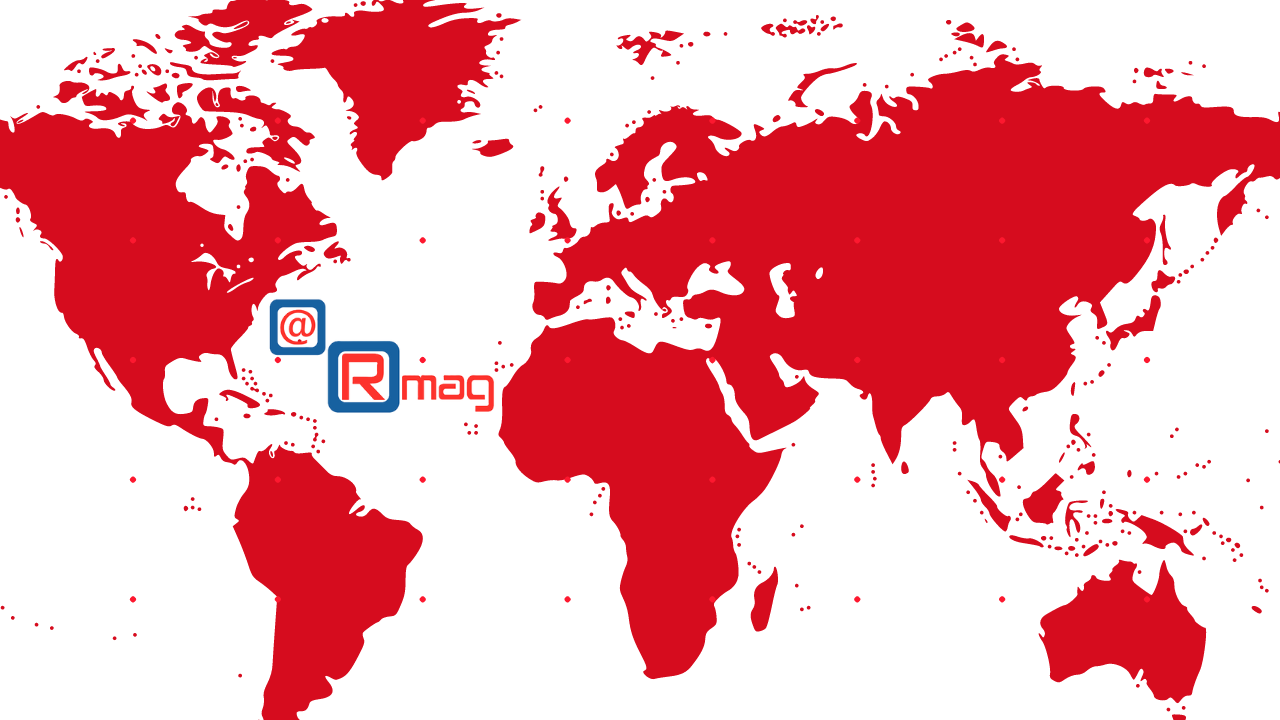Romania’s modern industrial and logistics facilities stock reached 7.1 million square meters in 2023, which represents the third largest I&L market among 13 of the biggest Central and Eastern Europe (CEE) economies, according to Colliers’ latest “ExCEEding Borders | Navigating the Industrial Landscape and Workforce in CEE-13” report. Moreover, developers have another 500.000+ sqm of modern I&L under construction in Romania, and Colliers sees further growth potential.
Colliers consultants attribute the market’s strong growth to Romania’s role as a regional distribution hub for companies targeting Southeastern Europe. While logistics activities remain dominant, manufacturing is also gaining traction in leasing.
Victor Cosconel, Head of Office & Industrial Agencies at Colliers, commented: “Romania’s industrial property market has surged post-pandemic, nearly doubling pre-2020 leasing levels. Economic growth, infrastructure improvements, and reshoring are key drivers in this dynamic space. While keeping in mind the lower per capita existing supply of modern spaces compared to the Czech Republic or Poland, Romania shows strong growth potential.”
“Investments in green buildings and ESG standards are rising, with one in three green certificates in 2023 attributed to industrial projects, aligning with EU directives and tenant expectations,” he added.
The same report revealed that asking rents in the region range from EUR 3.4 per sqm per month in Poland to EUR 7.7 per sqm per month in the Czech Republic, with Romania falling around the middle, with gross rents of around EUR 4.5-5 per sqm for prime warehouses. Recent moves have favored higher rents in Romania after increasing some 25-30% over the last two years, though the pace of the increases seems to be slowing a bit, Colliers said.
Investment yields for prime I&L projects vary from 5.25% in the Czech Republic (the lowest in the CEE region) to 8.5% in Bulgaria, with Romania also more or less in the middle, at around 7.5%. Vacancy rates also vary widely, from 1.75% in the Czech Republic to 7.7% in Hungary, with Romania broadly around 5%.
In the CEE-6 region, the average annual investment volume exceeds EUR 10 billion based on recent trends, with I&L investments making up around 27% (EUR 14 billion) over the past five years.
In 2023, the I&L investment volume was approximately EUR 1.5 billion, significantly below the five-year average. According to Colliers, this decline is mainly attributed to major developers such as CTP, GLP, Prologis, and Segro, which hold properties for the long term, thereby limiting the available volume, even though some developers do engage in asset trading. Consequently, in Romania and much of the CEE region, the I&L investment volume does not accurately reflect the actual demand.
“The I&L sector continues to be a primary focus for investment in Central and Eastern Europe (CEE), not withstanding economic and geopolitical challenges. The CEE-6 region has seen significant yield compression and notable increases in rental rates due to limited supply and high demand, maintaining an optimistic outlook despite economic pressures,” said Victor Cosconel.
Driven by sectors such as 3PL, retail, and distribution, the total supply of modern industrial and logistics space in the capital city markets of CEE-13 amounts to nearly 25 million sqm, and over 67 million sqm at the country level, despite decreased demand in 2023 due to economic and geopolitical factors. The CEE-6 region, which leads in industrial and logistics development within CEE-13, comprises almost 90% of the total stock (over 60 million sqm). By the end of 2023, nearly 4 million sqm were under construction across the region.
Looking forward, Colliers believes the I&L sector will adjust to inflation and economic shifts, with potential disruptions from changes in occupier demand and e-commerce growth. Nearshoring activities are expected to rise as supply chains diversify.
Despite these challenges, the I&L sector in the CEE region is poised to maintain its strength.
irina.marica@romania-insider.com
(Photo source: Colliers)





